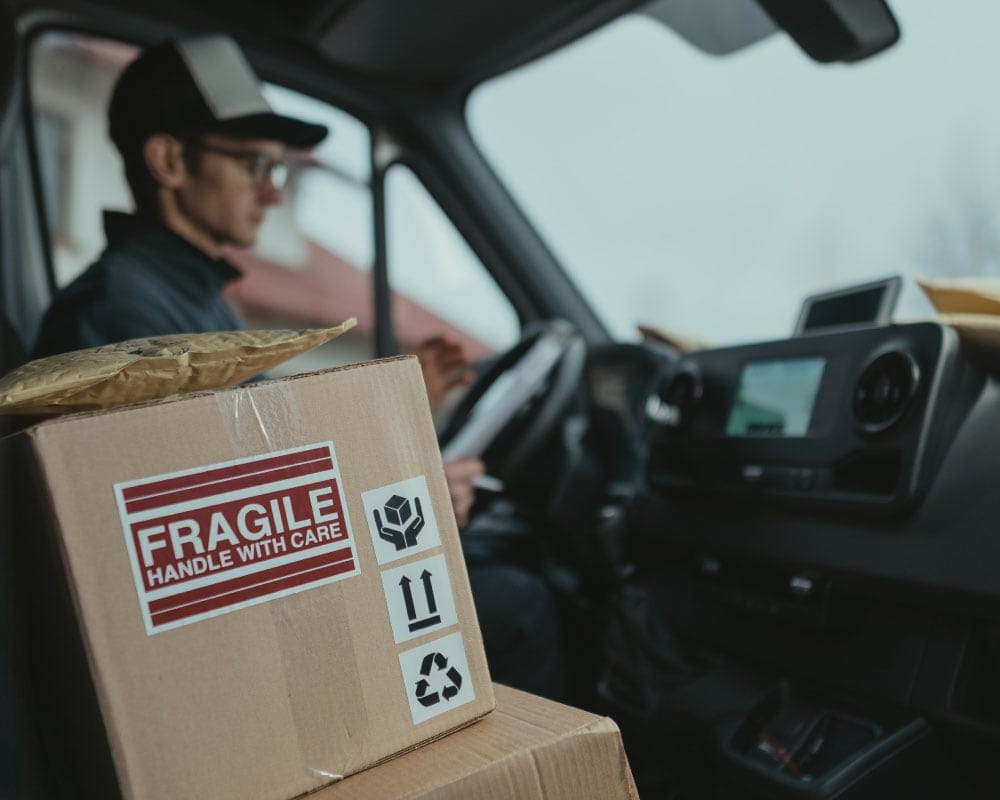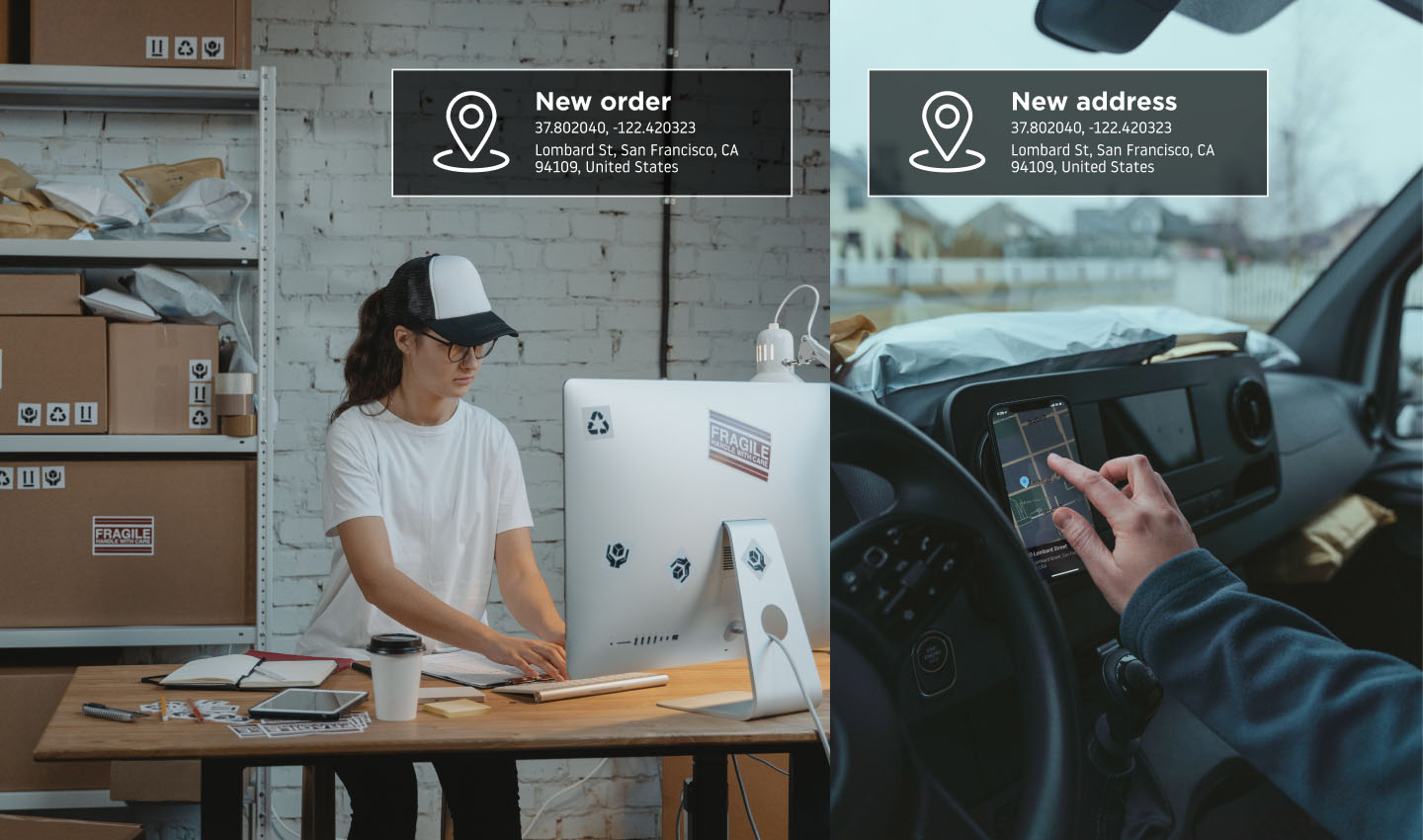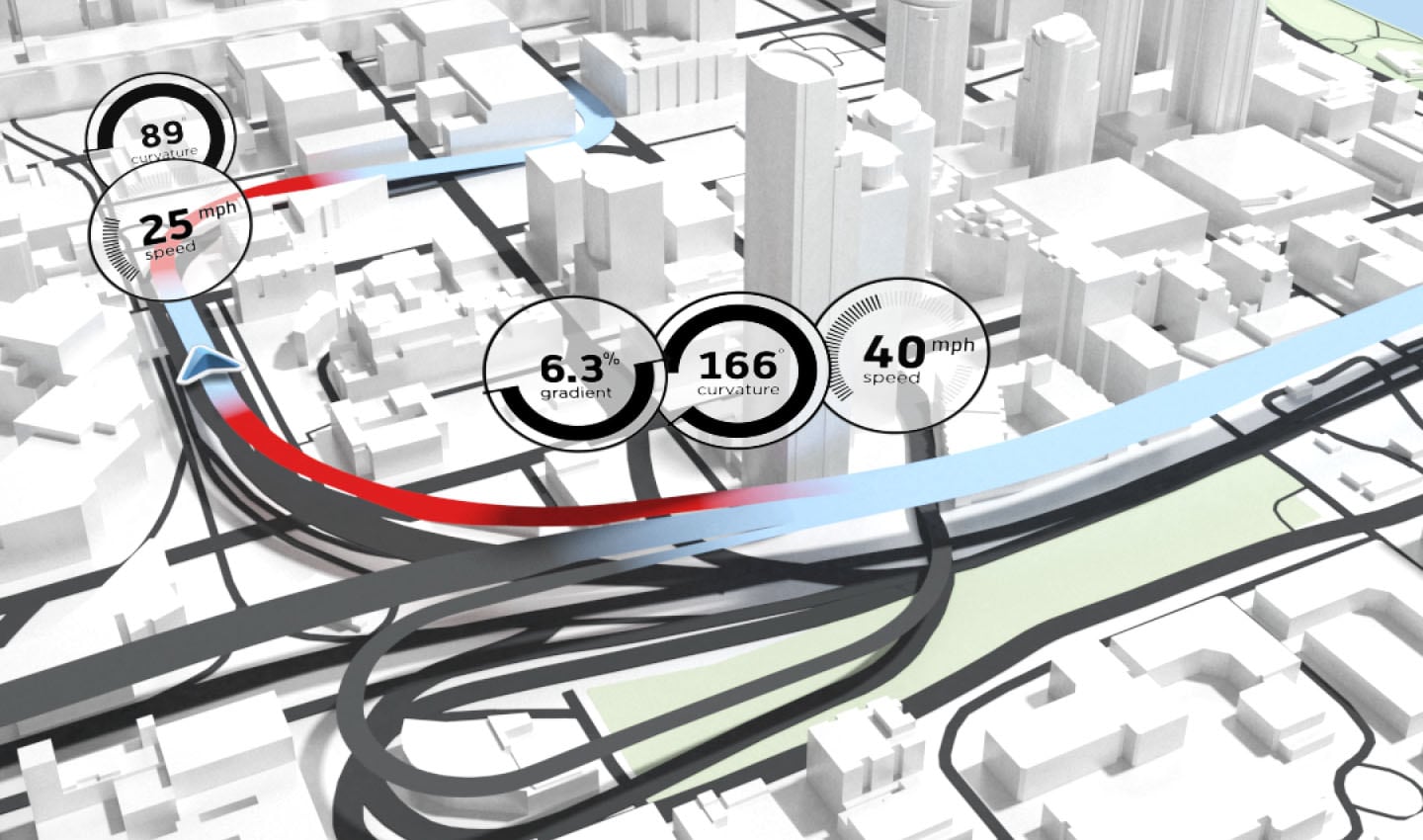
Business is booming for on-demand and mobility services – bringing fresh challenges for providers of all sizes. Small businesses have a particularly tough job when it comes to delivering experiences that keep them ahead of rivals and keep users satisfied. Here’s how combining the power of crowdsourcing with accurate location data can help new and growing companies meet their goals.
2020 was a landmark period for high-value expansion in the mobility space. Demand continually expanded and was sustained throughout the year, leaving large and small companies alike scrambling to get in on innovative, lucrative solutions.
If a founder or manager is looking to expand their small company’s on-demand product offering in 2021, it’s easy to look at 2020’s massive record of large-scale mergers and acquisitions, yielding a combined valuation of over $100B (in a pandemic year, no less) and have pause. Many might also wonder if they can compete in such a market, even if they have fresh ideas to revitalize the space.
New or growing businesses face two key challenges to create a superior experience for their on-demand customers: negotiating the talent/asset landscape when bringing on drivers, and securing accurate, accessible location data to keep up with the competition – delivering their product (be it rides or goods) on time, consistently.
While many companies turn to acquisitions to solve both logistics needs in the fleet and on-demand service spaces, small businesses looking to grow and thrive in the new age of delivery don’t have this same luxury. Utilizing crowdsourcing to draw in drivers solves one of these challenges. TomTom’s powerful Maps APIs can help solve the other.
Such a pairing gives small businesses more control over their new fleet solution – providing product managers with the ability to peer directly into trip history to further optimize arrivals and deliveries, superior mapping intelligence for drivers and the best possible experience for customers.
 Accurate location information is essential to delivering the goods on time
Accurate location information is essential to delivering the goods on timeWhat does it really mean to crowdsource a fleet solution?
Before diving into how small businesses can pair TomTom’s location data with their fleet, let’s take a look at what the crowdsourced model is and how it can offer some of the best flexibility for getting started in the space.
Crowdsourced delivery creates ad-hoc jobs for drivers to fulfill based on availability. It’s a flexible approach that allows companies to gain access to a large pool of people to complete deliveries without acquiring or partnering with an existing fleet company’s talent and assets.
Many people are familiar with the model behind same-day on-demand grocery and restaurant delivery applications. This system has proven its benefit for growing businesses because it addresses several key challenges and growing pains:
- While it could seem like larger companies would take up most or all of the available driver pool, most drivers provide services to multiple companies at a time. This increases their chances of acquiring more rides, deliveries or orders and maximizes their available time on the job, meaning there is always room for new players.
- Small businesses often struggle with the ability to onboard sufficient full-time employees to cover all desired delivery windows, incurring additional costs for benefits required for standard employment agreements. Because crowdsourced drivers are numerous – and part-time – this creates extra potential for driver availability outside the standard nine-to-five.
- Drivers who can work as independent contractors remove a company burden of acquiring and maintaining company vehicles by using their own.
- Companies benefit from the local geographic knowledge of this talent pool, which can sometimes help with finding pickup points or delivery spots in that last mile. TomTom’s Points of Interest Search within the Search API readily provides detailed info, such as building entry points, to make things even easier.
Lastly, some drivers may also find benefit with this work model. Students, other small business owners looking for extra income and full-time employees looking to earn from work commutes are all examples of potential drivers who are able and willing to select their own hours without 40-hour week commitments.
Removing the unexpected with accurate ETAs
When a small business doesn’t have as much investment tied up in a full-time team of drivers and owned or leased vehicles, they can focus their efforts on the technical side of their application – which is where their customers will interact with them the most and start to build their trust in the company via the user experience.
Acquiring or working with an existing fleet company often comes with the struggle of integrating third party location software into an existing application – yet another obstacle for a company new to the space. When adopting a crowdsourced model, paired with the complete suite of TomTom Maps APIs, smaller companies can leverage innovative routing, traffic, and geofencing technologies to help allow small businesses to reach their customers at the last mile, and within the all-important estimated time of arrival (ETA).
When customers place an order, the most important measuring stick for satisfaction with their experience is usually adherence to an ETA. TomTom’s Routing APIs accounts for numerous road attributes to calculate the most accurate ETA from driver to customer, to build that customer trust. Street geometry, speed limits, road closures, lane details and even physical curvature all can create additional strain on an ETA’s accuracy, especially if a driver deals with unexpected road conditions.
 TomTom’s Routing API incorporates information on road attributes including curvature, gradient and speed limits to power precise ETAs
TomTom’s Routing API incorporates information on road attributes including curvature, gradient and speed limits to power precise ETAsAt the end of the day, this results in the routing engine selecting the fastest route which also has the least potential for variation while the driver is on their trip. The best possible routing experience for the driver comes from this key combination of the most optimized route for the given road circumstances (traffic, construction, etc.), which is not only the quickest, but also less likely to miss its ETA for the customer.
The best route adheres to its travel times
ETAs don’t stand alone, they’re influenced by multiple factors and calculations along the way – including routing, traffic, geofencing and notifications – and even location history to look back at trip analytics after the fact. In addition to aiding in the last mile, small businesses using TomTom Maps APIs can rely on this suite of tools for all of their location technology needs and customize their offerings as they grow.
From the driver’s perspective, their experience with an app often stems from their first trips. But what goes into selecting the best route? Many times, it’s the state of traffic. The Traffic APIs uses historic and minute-to-minute information to calculate the most predictable travel path for drivers. This is where traffic prediction comes in, which at TomTom is produced in part by Speed Profiles. As the name suggests, this is a profile of different streets which aggregates the average speeds on different days and times.
In the real world, this means that if your friendly neighborhood main street is usually jammed up on Friday afternoons, and the main freeway isn’t, that’s probably the safest bet to keep in line with the route’s estimated travel time (ETT). However, if current information from the Traffic API shows that the planned freeway exit is closed, it might be that taking the freeway (bypassing the Friday traffic) with an alternate exit (bypassing the closure) is the best journey for that time of day – which is why seeing the whole traffic picture is so important. Finding routes which don’t land a driver past their ETA is key, as this helps retain crowdsourced drivers.
While Traffic and Routing are working in tandem to create the fastest trip, the customer is (hopefully) patiently waiting for their driver, and the TomTom Geofencing API is waiting to trigger an ETA alert by notifying the customer when their driver is within the last mile from their address. Geofencing works to trigger boundary alerts within a customizable distance from an address (the last mile, or maybe the last 4 miles). Those alerts are managed with the TomTom Notifications API, which allows flexibility on the platform used to message the customer – such as webhooks for different platforms and email.
Because TomTom’s routing solutions include address ranges and entry points for larger buildings, and rely on local drivers from our crowdsourced model, that customer should be delighted to easily spot the arriving car within a few minutes of receiving a notification that their driver is near.
After the trip is completed, the TomTom Location History API can be used by product managers as a key lookback tool for drivers’ trip histories. Location History preserves data from geofence boundary transitions, so that it is easy to see when a car crossed an “arriving soon” boundary near a destination, how long it remained there and when it left. This can provide great insights into how much time drivers need to find their customer or drop off an order and be on their way.
TomTom rounds out small business needs
Small businesses might see fleet-based ideas as cumbersome, but with a crowdsourced approach and TomTom Maps APIs, they can pursue their goals and build the entire location technology aspect of their app from one streamlined suite of tools. TomTom creates a space for small businesses to harness innovative mapping data to disrupt the on-demand space with fresh ideas, allowing companies to narrow their technical focus and creating new freelance opportunities for drivers.
Ready to put our location tech to work for your business?
Get in touch with us today to see TomTom can help optimize your fleet and logistics operations.
People also read
)
How to gain back time: The mystery of travel time accuracy debunked
)
Re-engineering mobility for the delivery boom
)
How to optimize fleet routing and improve ETAs
* Required field. By submitting your contact details to TomTom, you agree that we can contact you about marketing offers, newsletters, or to invite you to webinars and events. We could further personalize the content that you receive via cookies. You can unsubscribe at any time by the link included in our emails. Review our privacy policy. You can also browse our newsletter archive here.
)